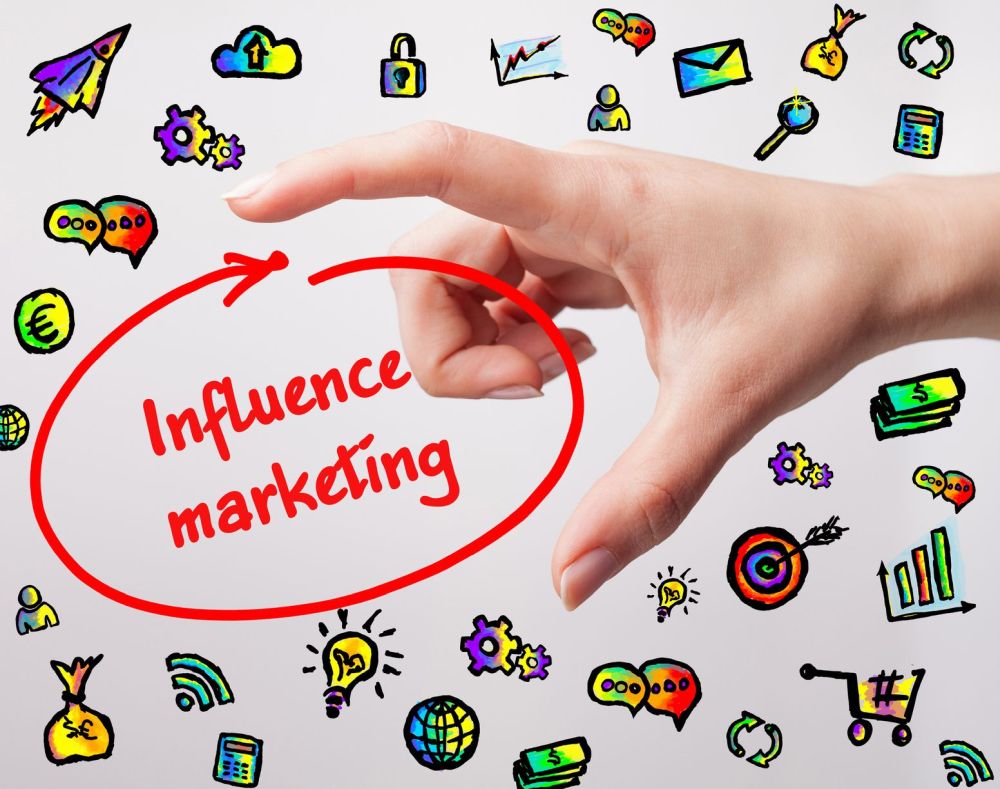Influencer marketing has become a driving force in digital advertising, leveraging the social media prowess of individuals to connect with targeted audiences authentically. As social media influencers gain prominence, brands increasingly tap into their sway to promote products and services. This blog explores the essence of influencer marketing, delving into who these influencers are and the mechanics behind their collaborations with brands. Join us on a journey through the evolving landscape of digital advertising and the promising future that influencer marketing holds.

The Rise of Influencer Marketing. In recent years, influencer marketing has emerged as a powerhouse in the realm of digital advertising. Influencers are individuals who have gained a substantial following on social media platforms like Instagram, YouTube, and TikTok. Their sway over their audience presents a unique opportunity for brands to tap into a targeted and engaged market. Influencers come in various niches, from beauty and fashion to fitness and technology. What sets them apart is their ability to create authentic connections with their followers, establishing a level of trust that traditional advertising struggles to achieve. This shift towards influencer marketing signals a change in consumer behavior, as people increasingly turn to these online personalities for product recommendations and lifestyle inspiration.

The Mechanics of Influencer Marketing. The mechanics of influencer marketing revolve around collaboration. Brands identify influencers whose audience aligns with their target demographic, and negotiations begin for sponsored content or partnerships. This collaboration can take various forms, such as sponsored posts, product placements, or even long-term ambassadorships. Influencers weave the brand’s message seamlessly into their content, creating a more organic and less intrusive form of advertising. Metrics like engagement rates, follower demographics, and reach are crucial in assessing an influencer’s effectiveness. The symbiotic relationship benefits both parties: influencers receive compensation for their content, and brands gain access to a ready-made, highly engaged audience. However, authenticity remains key; audiences can quickly discern disingenuous endorsements, potentially harming both the influencer and the brand.

The Future of Influencer Marketing. As influencer marketing continues to evolve, the future holds exciting possibilities. The industry is becoming more professionalized, with influencers transforming into bona fide entrepreneurs. The rise of micro-influencers, those with smaller but highly engaged followings, signals a shift towards authenticity and relatability. Additionally, emerging technologies such as virtual influencers and AI-generated content are reshaping the landscape. Brands must stay agile, adapting their strategies to leverage these trends effectively. The power of influencer marketing lies not only in its current impact but also in its ability to adapt to the ever-changing digital landscape, making it a dynamic and indispensable facet of modern advertising.

Influencer marketing stands as a dynamic force, redefining the advertising landscape. The genuine connections forged between influencers and their audiences create unparalleled marketing opportunities. As the industry continues to innovate, embracing micro-influencers and cutting-edge technologies, the future promises even more exciting prospects. Brands that understand and harness the authentic power of influencers are poised to thrive in this ever-evolving digital era, where connection and trust are the currency of successful marketing.

